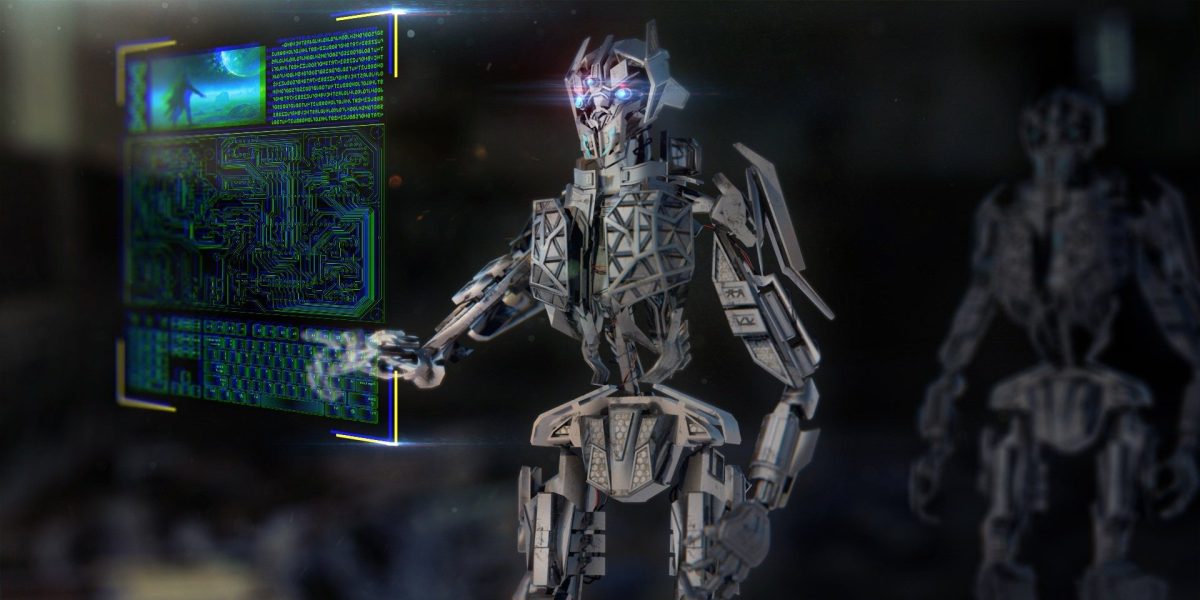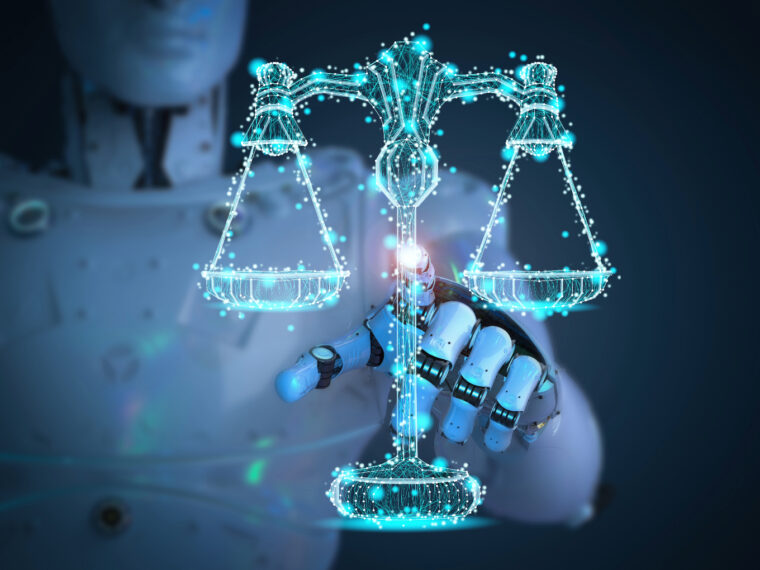This article is part of “the philosophy of artificial intelligence,” a series of posts that explore the ethical, moral, and social implications of AI today and in the future
For decades, scientists have tried to create computational imitations of the brain. And for decades, the holy grail of artificial general intelligence, computers that can think and act like humans, has continued to elude scientists and researchers.
Why do we continue to replicate some aspects of intelligence but fail to generate systems that can generalize their skills like humans and animals? One computer scientist who has been working on AI for three decades believes that to get past the hurdles of narrow AI, we must look at intelligence from a different and more fundamental perspective.
In a paper that was presented at the Brain-Inspired Cognitive Architectures for Artificial Intelligence (BICA*AI), Sathyanaraya Raghavachary, Associate Professor of Computer Science at the University of Southern California, discusses “considered response,” a theory that can generalize to all forms of intelligent life that have evolved and thrived on our planet.
Titled, “Intelligence—consider this and respond!” the paper sheds light on the possible causes of the troubles that have haunted the AI community for decades and draws important conclusions, including the consideration of embodiment as a prerequisite for AGI.
Structures and phenomena
“Structures, from the microscopic to human level to cosmic level, organic and inorganic, exhibit (‘respond with’) phenomena on account of their spatial and temporal arrangements, under conditions external to the structures,” Raghavachary writes in his paper.
This is a general rule that applies to all sorts of phenomena we see in the world, from ice molecules becoming liquid in response to heat, to sand dunes forming in response to wind, to the solar system’s arrangement.
Raghavachary calls this “sphenomics,” a term he coined to differentiate from phenomenology, phenomenality, and phenomenalism.
“Everything in the universe, at every scale from subatomic to galactic, can be viewed as physical structures giving rise to appropriate phenomena, in other words, S->P,” Raghavachary told TechTalks.
Source : https://venturebeat.com/2021/08/08/to-create-agi-we-need-a-new-theory-of-intelligence
Mots-clés : cybersécurité, sécurité informatique, protection des données, menaces cybernétiques, veille cyber, analyse de vulnérabilités, sécurité des réseaux, cyberattaques, conformité RGPD, NIS2, DORA, PCIDSS, DEVSECOPS, eSANTE, intelligence artificielle, IA en cybersécurité, apprentissage automatique, deep learning, algorithmes de sécurité, détection des anomalies, systèmes intelligents, automatisation de la sécurité, IA pour la prévention des cyberattaques.






